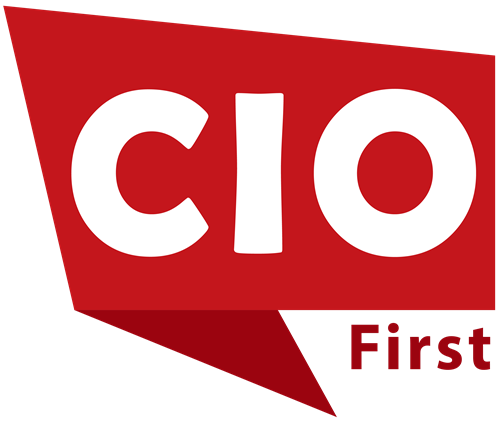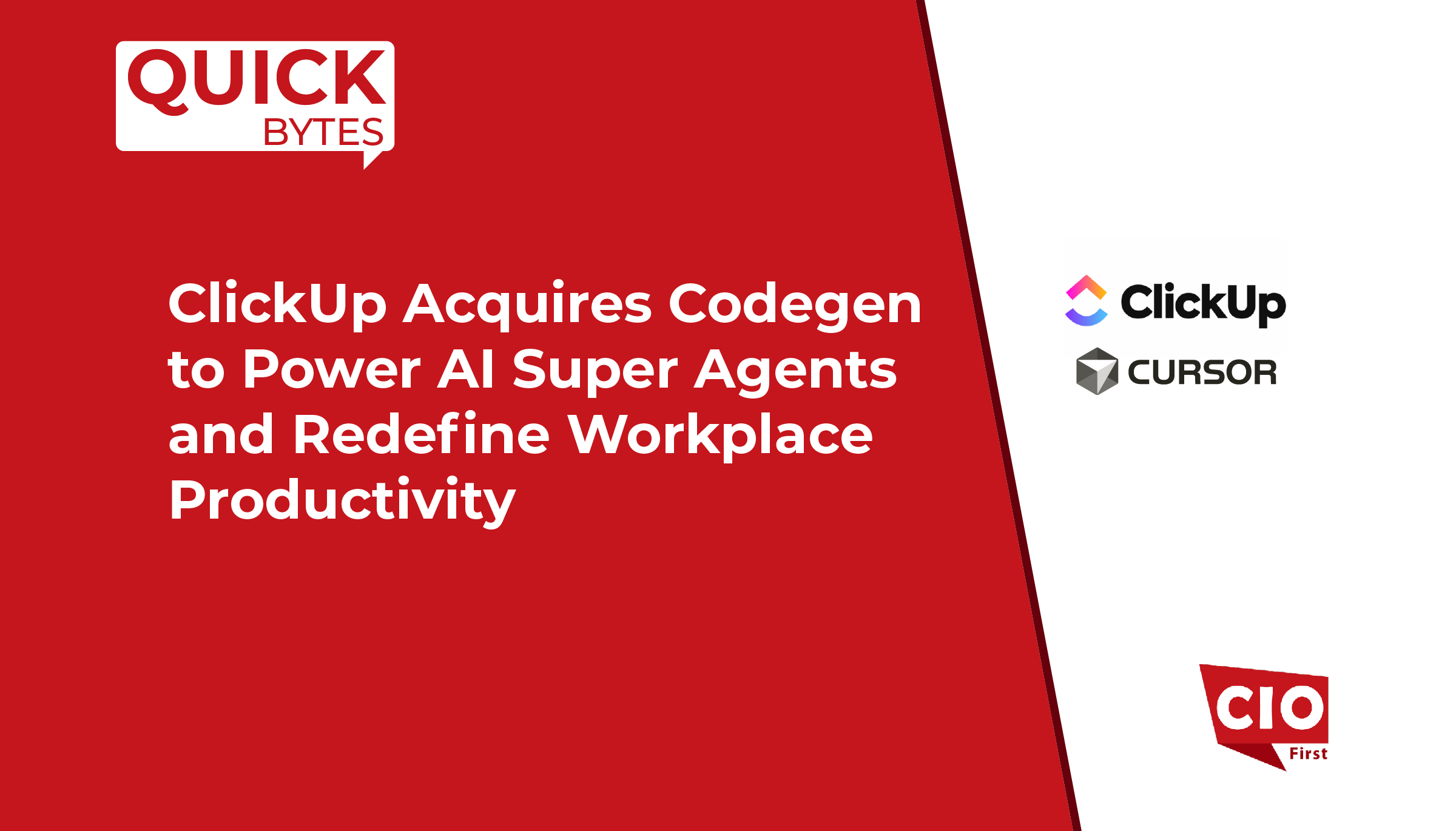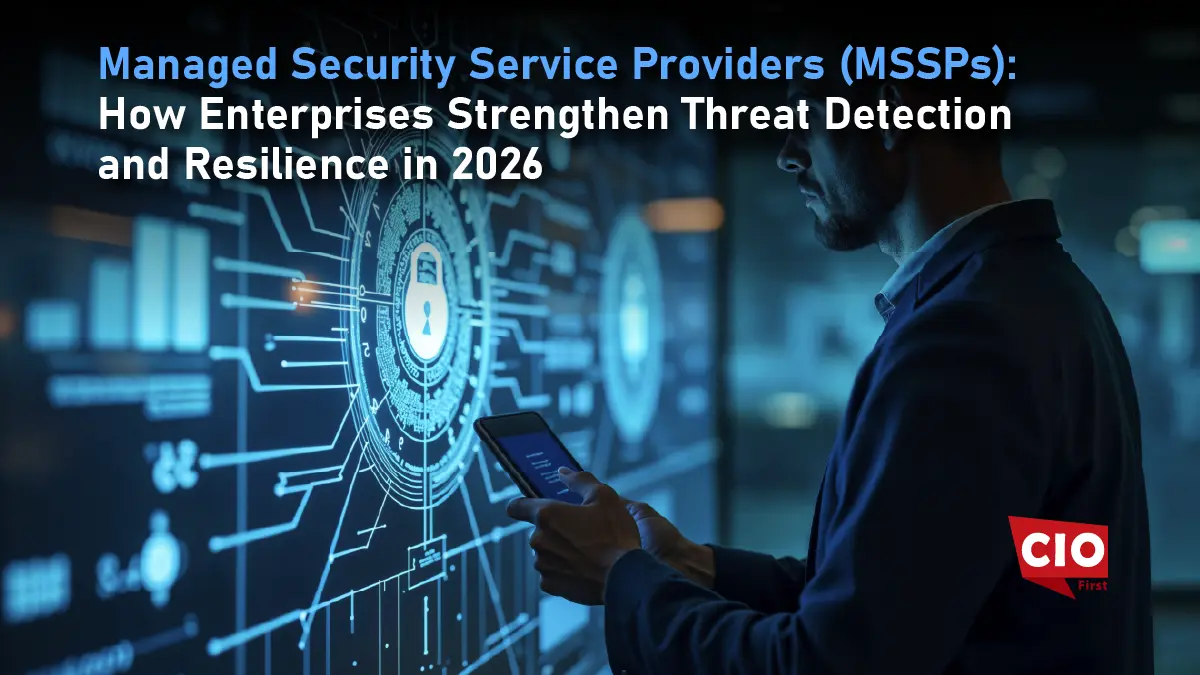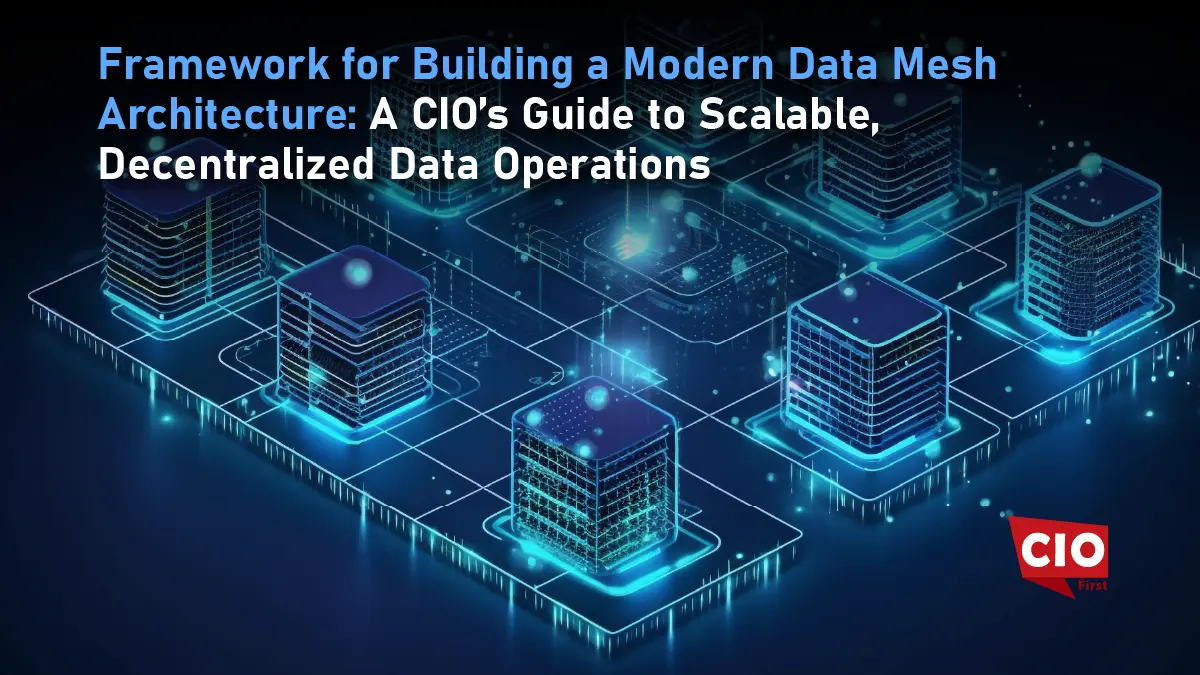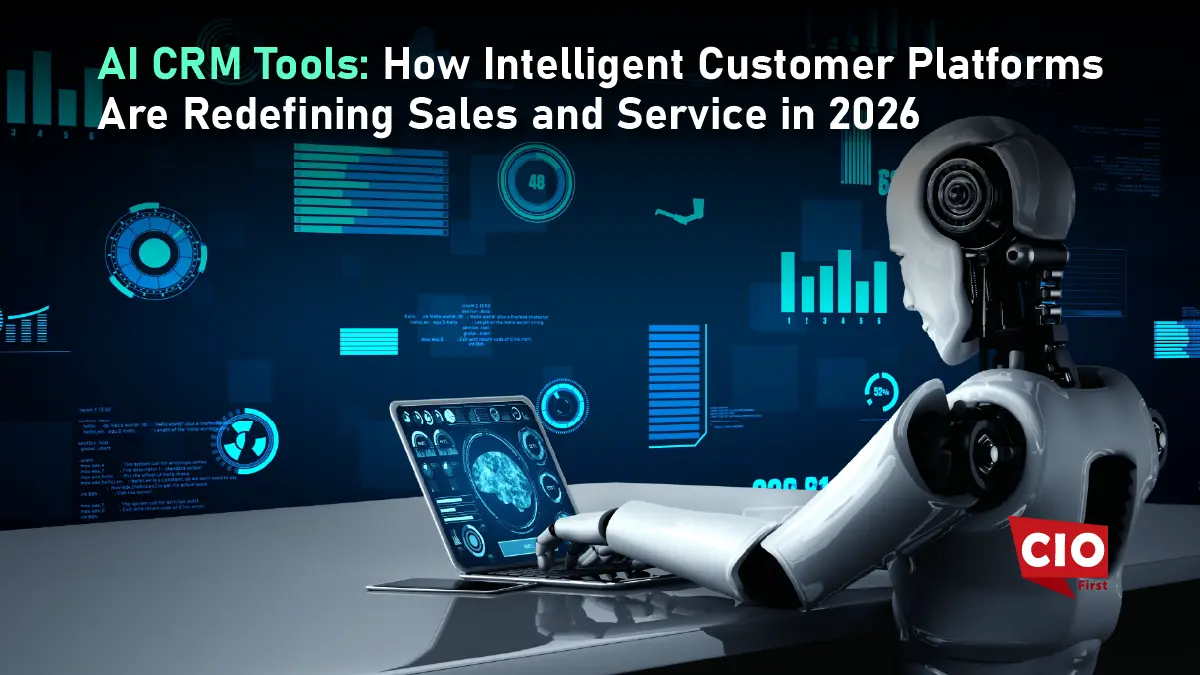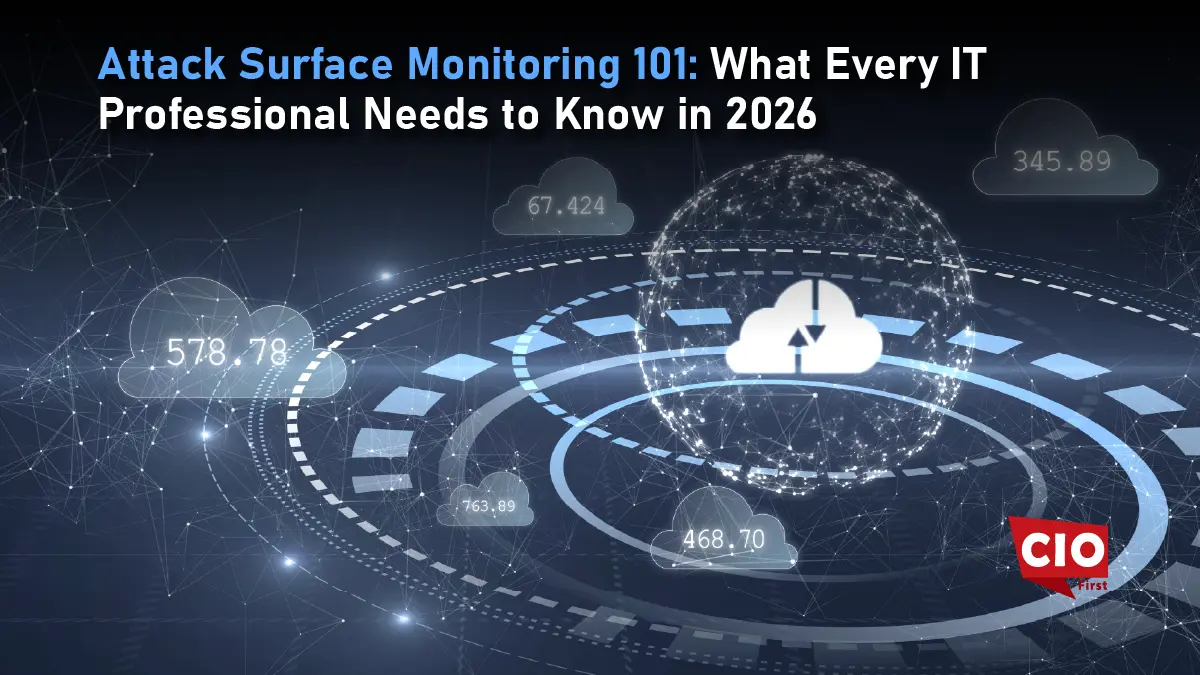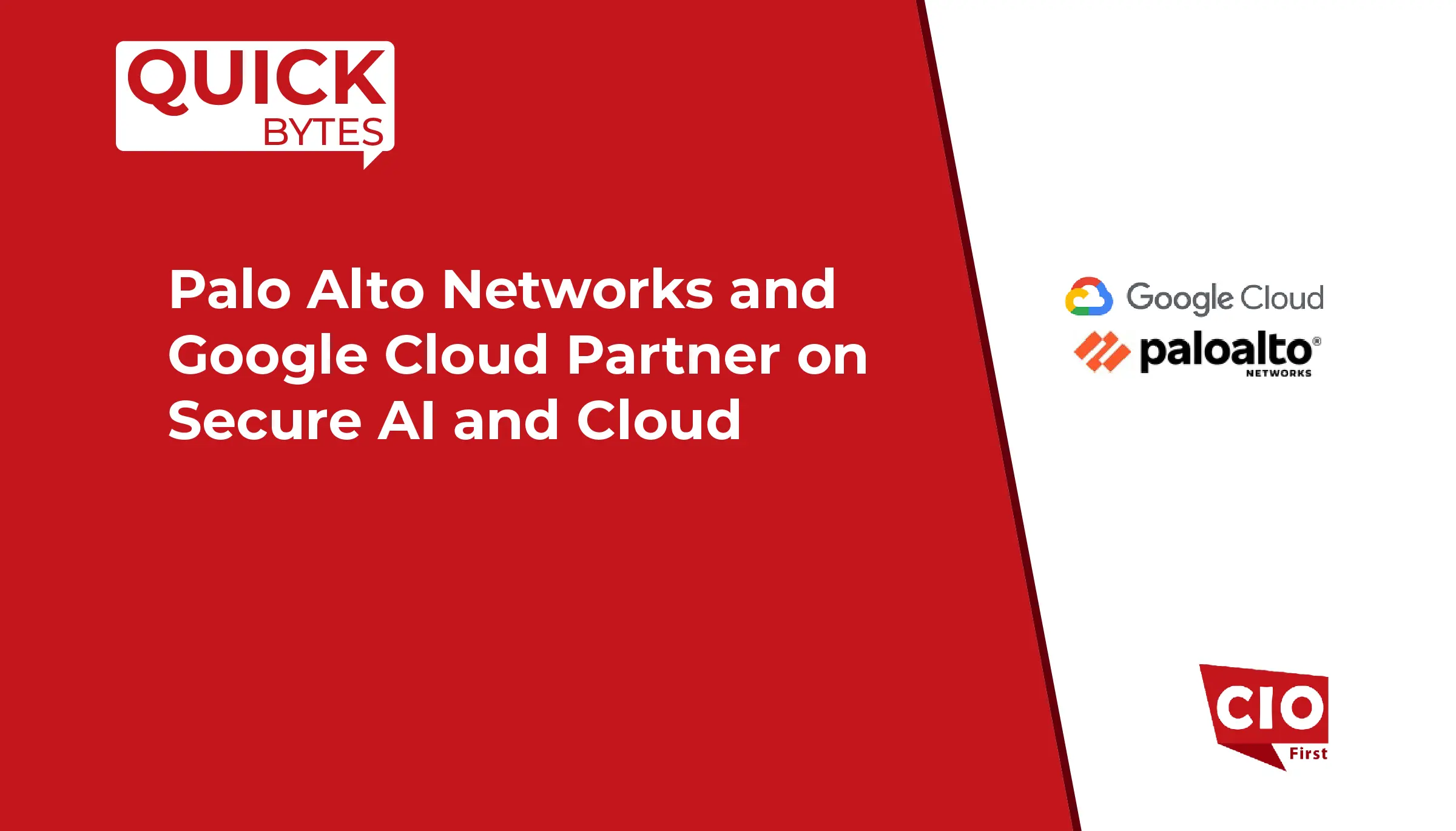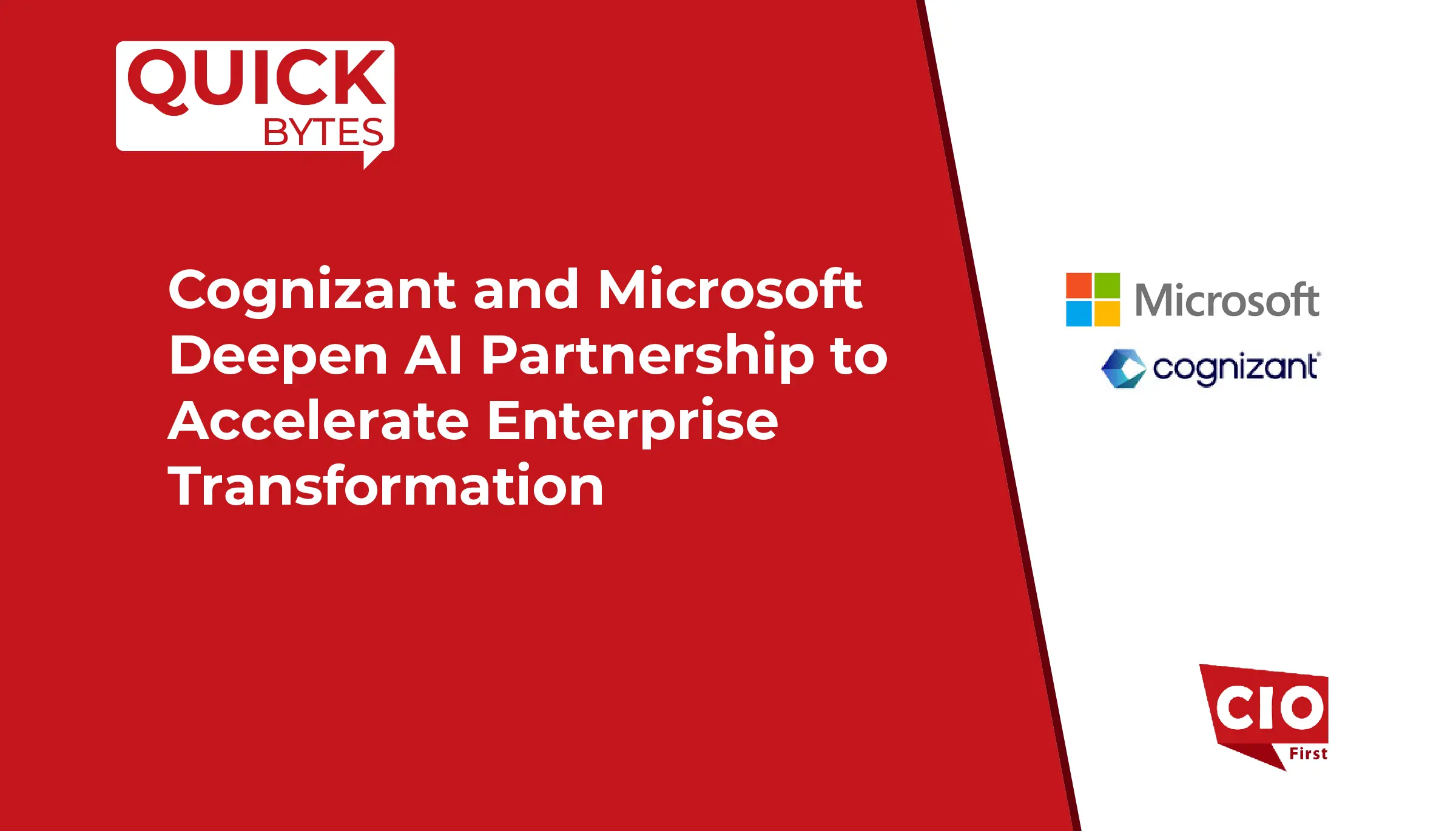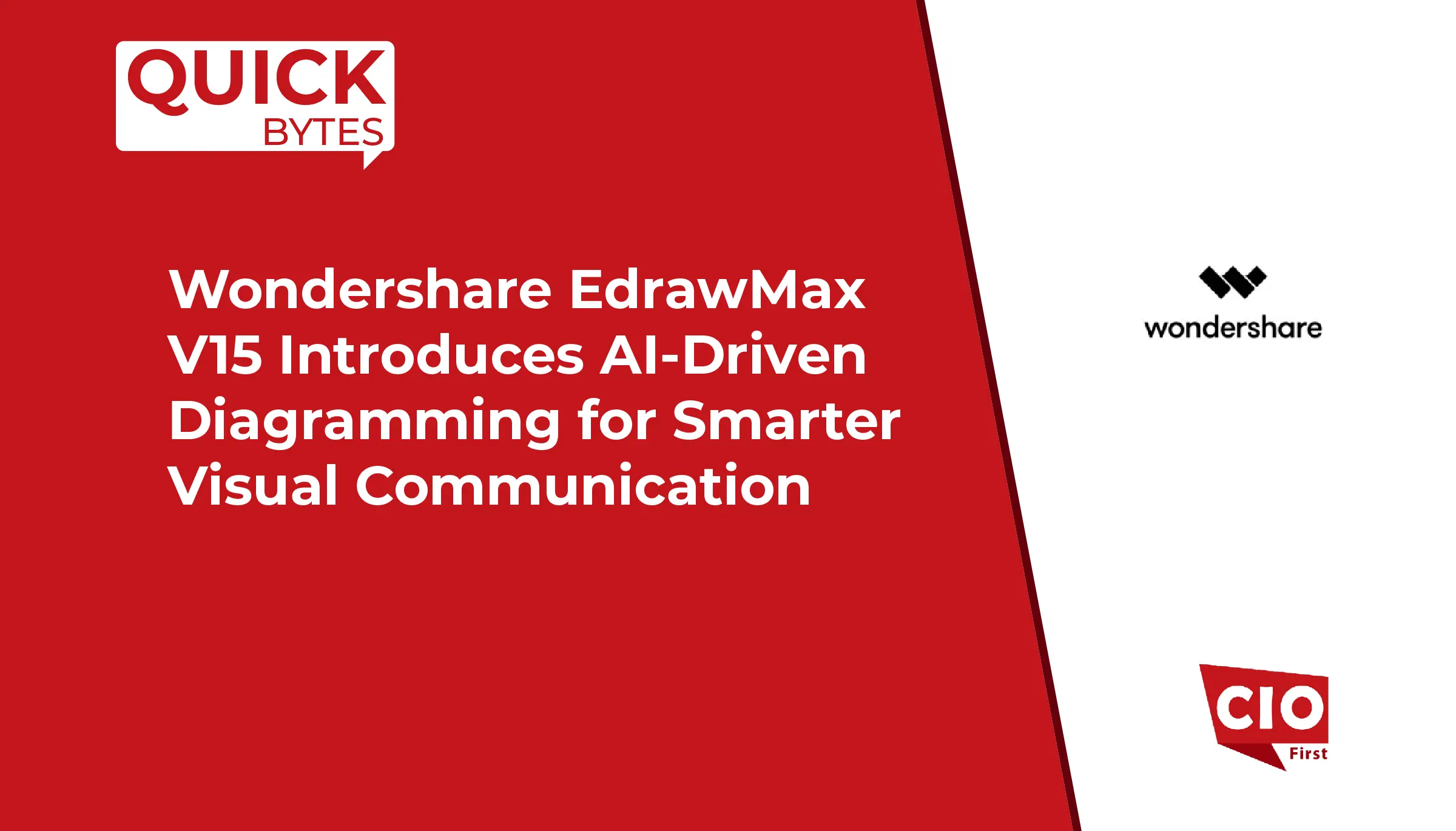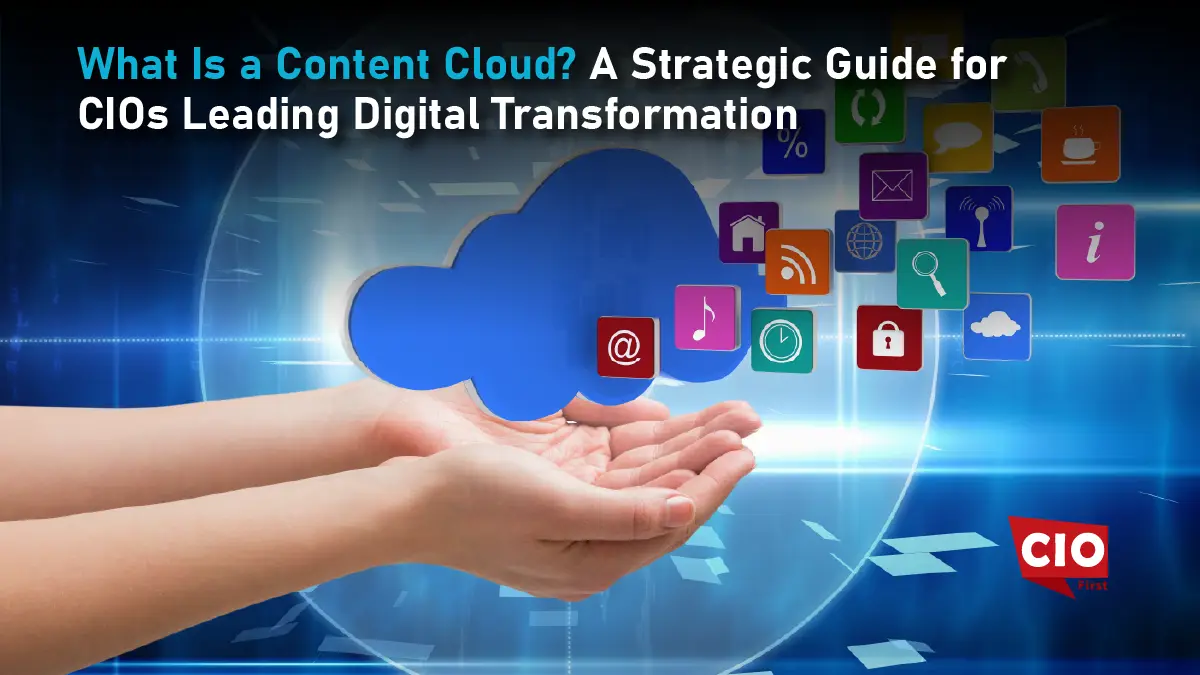Digital transformation is no longer a buzzword; it’s essential. Global spending on digital initiatives is rising. By 2027, this spending is projected to reach nearly US$ 4 trillion, with AI investments accelerating the shift. Yet content, documents, images, contracts, and videos remain scattered and unmanaged in many enterprises.
A content cloud is a cloud-native platform built to organize, secure, and automate an organization’s content lifecycle. For CIOs driving digital transformation, it’s a game-changing enabler.
What is a Content Cloud — Beyond Simple Storage
Content+Cloud is an integrated approach that combines cloud computing services and technology with content management systems (CMS) or digital asset management (DAM) systems. It means using cloud based computing power, storage, and infrastructure for content distribution, management, and scalability. While managing and delivering their content, content+cloud solutions give businesses access to cloud computing benefits, cost savings, scalability, and accessibility.
A content cloud is not just a repository. It’s an advanced, cloud-first content platform that empowers:
- Create & Author: Online editors and templates for docs, forms and media.
- Collaborate: Enjoy real-time co-editing, commenting, version control, and team workflows.
- Secure & Govern: Access is role-based, with audit logs, encryption, and compliance features.
- Automate & AI: Benefit from metadata tagging, auto-classification, content summarization, and e-signatures.
- Integration Ecosystem: Connect natively or through APIs for CRM, ERP, and collaboration tools.
This becomes the command center for enterprise content.
Why Legacy Content Systems Fall Short
On-premise file servers and siloed content tools suffer key flaws:
- Fragmentation: Files are stored in disparate folders across departments.
- Poor Versioning: Tracking the latest approved draft becomes manual and risky.
- Slow Approval: Workflows rely on email chains or physical signoffs.
- Limited Remote Access: VPNs or local drives hinder flexible work.
- Weak Compliance: Harder to enforce GDPR, SOC 2, HIPAA without the right mechanisms.
Modern work is hybrid and fast-paced. Workers expect access anywhere, anytime. Content cloud gives that agility.
Why Is Content Management in the Cloud Important?

If you’re considering a new content management strategy you need to know how cloud content management can help.
Digital Transformation
For many companies a cloud or cloud first strategy means future proofing their business. Outdated legacy infrastructure can’t handle the everyday challenges companies face and definitely can’t keep up with competitors who invest in new technology. Companies need to embrace digital transformation and consider moving to cloud based content management to keep publishing content and digital assets at the pace required.
Scalability to Grow Digital Business
Things can change overnight, as many businesses found out when the pandemic hit. Companies had to adapt quickly to a completely new environment, and cloud infrastructure was critical to serving customers who had to go digital. But other market changes, such as new channels emerging or competitors gaining market share quickly, aren’t to be ignored either. In every scenario, businesses need to ensure their content creation and management needs are met.
Financial Flexibility
Choosing a cloud content management system lets your business take advantage of the flexibility offered by lower start up costs and scalable technology. The cost of any cloud offering is different from the high upfront cost of on-premises infrastructure, and the fact that you don’t own it means you’re more flexible to scale up or down.
Must-Have Capabilities of a Modern Content Cloud
1. True Cloud-native Architecture
Not just hosted in the cloud but built for it. So you get seamless scaling, fast provisioning and always-on availability as your business grows.
2. AI-enabled Automation
A recent survey found that 80% of companies will be using AI powered content tools by 2025. Many marketing and content teams say AI helps them work faster by tagging, sorting and personalizing content automatically. Content cloud platforms now use AI to organize files, pull out key info, add tags and even summarize long documents. Makes content handling so much easier and quicker.
3. Built-in Security & Compliance
Top platforms include encryption, audit trails, role-based permissions, retention policies, and compliance certifications out of the box. So less integration friction with tools for GDPR, HIPAA, or SOC 2 standards.
4. Seamless Collaboration
Multiple users can edit together in real time, leave feedback, and track changes, all from anywhere. Unlike legacy ECM, content cloud collaboration feels as smooth and intuitive as Google Docs.
5. Deep Enterprise Integration
Connectors to services like Microsoft 365, Google Workspace, Salesforce, Slack, SAP, and others reduce context switching and provide content where people already work.
Why CIOs Should Care: Business Impact & Value

● Speeds Digital Transformation
Content is central to many business processes, including onboarding, contracts, and knowledge sharing. A unified content cloud helps structure and accelerate these workflows.
● Boosts Employee Productivity
Coveo’s 2022 Workplace Relevance Report finds that the average employee spends 3.6 hours daily searching for information, over 45% of their working hours. IT professionals spend even more, 4.2 hours daily. That’s a massive drain on productivity. A content cloud with smart search, metadata tagging, and centralized access drastically reduces this wasted time and helps teams find what they need, faster.
● Reduces IT Overhead
No more servers to manage, no more software to patch, no more complex migration projects. Vendors handle upgrades, security, and infrastructure, so IT can innovate instead.
● Hybrid and Remote Work
Employees can access critical content from the office, home or field, no VPN required. Mobile-first interfaces make on-site or frontline access seamless.
● Governance & Risk Reduction
Centralized management means retention policies, access audits, and compliance tracking, critical in regulated industries where entire audits are based on content traceability.
Real-World Use Cases by Industry
- Healthcare: Comply with HIPAA regulations when storing patient records, clinical plans, and permission forms.
- Manufacturing: Provide SOPs, inspection checklists, troubleshooting instructions, and manuals for mobile devices on the manufacturing floor.
- Financial Services: Automate document workflows, including audit logs, loan approvals, and financial documents with compliance tracking.
- Legal: Use granular access control and versioning to manage case files, contracts, and evidence.
Each scenario benefits from unified content storage, workflow automation and compliance assurance.
Content Cloud vs. Traditional ECM
| Capability | Traditional ECM | Modern Content Cloud |
| Infrastructure | On-prem or hybrid servers | Fully cloud-native |
| User Experience | Often slow and complex | Modern, user-friendly interface |
| Integration | Limited adapters | Open APIs & prebuilt connectors |
| Scalability | Hardware-limited | Virtually unlimited scale |
| Mobile/WFH Access | Often siloed or slow | Built for access anywhere |
| AI & Automation | Minimal or manual | Built-in intelligent tools |
Think of content cloud as ECM reimagined for the digital era.
CIOs Driving the Change: 5 Steps
1. Align with Business Outcomes
Quantify impact: faster HR onboarding, streamlined contract approvals, better customer response times, and identify clear ROI measures.
2. Form a Cross-Functional Team
Include leaders from HR, Legal, Sales, and Compliance to understand content flows end to end.
3. Map Current Content Landscape
Inventory what types of documents you have, where they reside, who uses them, and what the bottlenecks are.
4. Build a Phased Roadmap
Focus first on high-impact processes (e.g., onboarding, contracts) before broader rollout.
5. Prioritize Change Management
Train employees, communicate wins, and gather feedback. Technology without adoption fails.
Top Content+Cloud Solutions
Here are a few excellent solutions:
1. Adobe Experience Manager
Another tool for creating and managing content for websites, mobile apps, and forms is Adobe Experience Manager. It facilitates cloud-based asset and content management for marketers.
2. Sitecore Content Hub
Sitecore material Hub, which was created as a single, integrated solution, lets marketers handle all facets of marketing material for all channels from a single location before transferring it to the cloud for convenient distribution and access.
3. Drupal Content Hub by Acquia
Acquia Drupal is a solution that offers content as a service. You may publish, reuse, and syndicate material with their product.
Looking Ahead
- AI-Powered Intelligence: Platforms will summarize documents, flag risk, recommend approvals, and analyze sentiment.
- Low-Code Workflow Tools: Non-technical staff will build automation pipelines with drag‑and‑drop tools.
- Content–Data Convergence: Unified analytics dashboards will tie content to operational performance.
- Edge & IoT Delivery: Content delivered at edge devices, factory sites, field locations with minimal lag.
Concluding Thoughts
Content drives every business process, from hiring employees to closing deals. Many organizations still use old systems. These systems slow down teamwork and raise risks.
A content cloud is the smarter alternative. It centralizes content and makes access easier. It also automates workflows and supports compliance, all from a cloud-native platform. For CIOs, it’s a powerful enabler of digital transformation.
More than just IT efficiency, a content cloud delivers real business outcomes. It boosts productivity and reduces manual tasks. Teams can work fast and safely, no matter their location.
As technology moves forward, so will the demands on your content. Picking the right platform today helps secure your business for tomorrow. This includes AI, automation, and new working methods.
If your content is scattered across systems, it’s time to bring it together and modernize. The content cloud isn’t just a tool; it’s a strategic move to a more agile, connected, and digital business.
A Final Message for CIOs
If you’re serious about digital transformation, then your content strategy deserves as much attention as your data strategy or cloud infrastructure. Ask yourself:
- Can your teams find and use content in an instant?
- Is your content helping or hindering decision making?
- Are you confident in your ability to manage content risk and compliance?
If the answer is no to any of those, then it’s time to change.
The content cloud isn’t just another enterprise tool, it’s a foundation of your digital future. CIOs who get in early will get faster innovation, stronger security, and real business growth.
So don’t wait. Audit your current systems, engage your teams, and take the first step to transforming how your organization manages, shares, and leverages its most important asset: its content.
